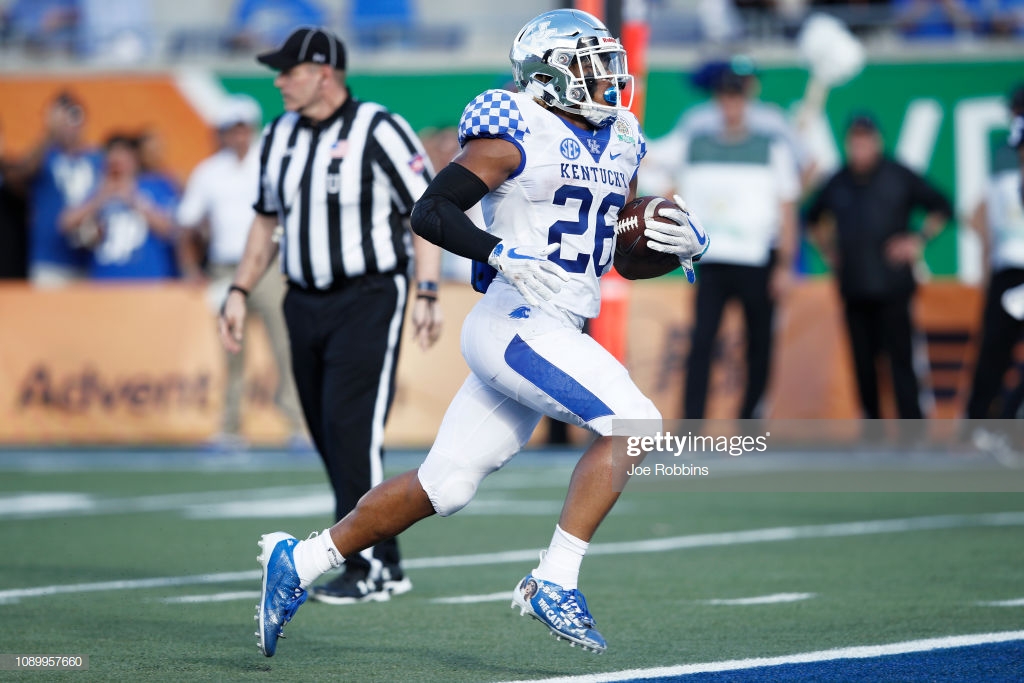Ever since the Pittsburgh Steelers drafted Le’Veon Bell, the offense has asked its running backs to contribute more and more in the passing game. Part of that is simply how the game has changed, but Bell’s success has also been a foundational shift within the team’s thinking in and of itself.
Though James Conner didn’t come into the league with a reputation of being a pass-catcher, it didn’t take him long last season to show that he could do it. He put in a lot of work in that regard and proved to be an asset in that area, even if there were a few blemishes in the forms of drops and a fumble.
Jaylen Samuels caught more passes in college than he ran the ball, so they obviously had the passing game in mind when they drafted him, and all three of the touchdowns that he scored as a rookie in 2018 were of the receiving variety, to nobody’s surprise.
Can Benny Snell step in and contribute in the passing game at a similar level? It’s not something that was a big part of his game in college at all, so it’s not an easy projection to make. During his three seasons of play at Kentucky, he amassed a total of just 29 receptions in his college career, producing 216 yards, just 7.4 yards per reception, and no touchdowns.
New Steelers running backs coach Eddie Faulkner understands the reservations about Snell in this regard, but nevertheless he believes that he has gotten a good handle on what his newest running back might be capable of doing.
“I had those same question marks, and things that I would like to see”, he said of Snell after the pick was made last week. “But what you do see him do on tape is play the Wildcat. There’s a lot to being a running back and non-quarterback, and catching a snap and then being able to get your eyes on your reads as a running back, and he’s able to do that. That takes a lot of hand-eye coordination”.
That might not necessarily be the greatest sales pitch in the world concerning a player’s ability to catch a football. After all, plenty of quarterbacks have virtually no skill in that regard. But it’s not the only thing they’re basing this projection on.
“When we worked him on the Pro Day, he caught every ball, caught it with his hands, was natural, was able to get in and out of his breaks, and run the routes we would want him to run”, he said. “It was good to see. He can do all of those things”.
This is not dissimilar to Conner, who wasn’t much more productive as a receiver in college. In four seasons, he caught just 30 passes, though he produced 412 yards and four touchdowns, which is pretty efficient. Still, teams were not sold on him in this phase, but helped his cause with a strong Pro Day performance.


